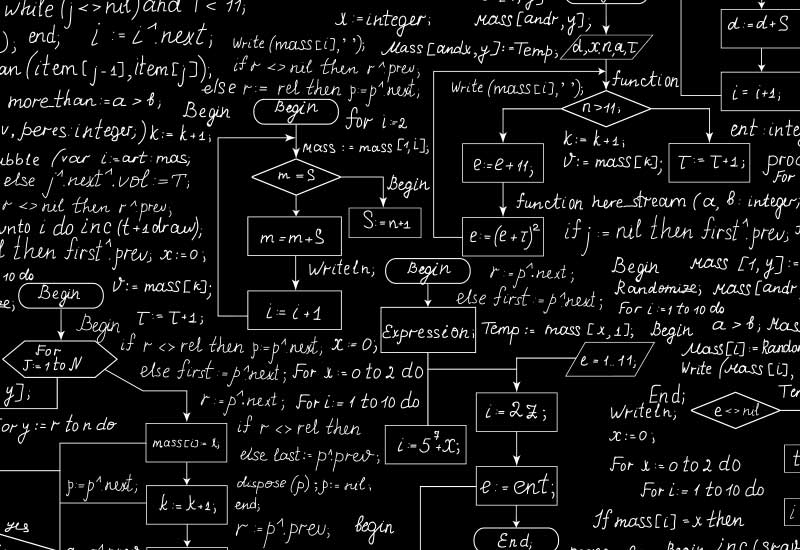
We all hear about Facebook’s algorithm, Google’s algorithm … but … what is an algorithm?
In mathematics, logic, computer science and related disciplines, an algorithm (from Latin, dixit algorithmus and east from Greek arithmos, which means “number”, perhaps also influenced by the name of the Persian mathematician Al-Juarismi) is a set of defined and non-ambiguous, orderly and finite instructions or rules that typically allow solving a problem, computing, processing data and carrying out other tasks or activities. Given an initial state and an entry, following the successive steps a final state is reached and a solution is obtained. Algorithms are the object of study of the algorithm.1
We could call the algorithm a road map, based on logical, mathematical or computational reasoning, to obtain the concretion of a basic or complex question or objective, using the tools mentioned above. This added to the development of a flowchart, will take the user to a decision path according to the variables that are added, will arrive at the structure to assemble the pseudocode in high level language and finally be able to generate a program to execute it in a PC or a mathematical formula to obtain a result, as well as a hyper complex algorithm that will require the best and fastest computers in order to execute and obtain results. Ex. Big Data analysis on 10-year trends in Applied Artificial Intelligence.
In everyday life, algorithms are often used to solve problems. Some examples are user manuals, which show algorithms for using a device, or the instructions a worker receives from his employer. Some examples in mathematics are the multiplication algorithm, to calculate the product, the division algorithm to calculate the ratio of two numbers, the Euclidean algorithm to obtain the greatest common divisor of two positive integers, or the Gauss method to solve a system of linear equations.
In terms of programming, an algorithm is a sequence of logical steps that allow solving a problem. Copyright gives the owner the exclusive right to use the work, with some exceptions. When someone creates an original work fixed in a tangible medium, they automatically become the copyright owner of that work.
The Facebook algorithm is a tool used to know what will appear in the first places of the news feed of this social network.
To do this, Facebook takes into account factors such as the behavior and interests of users on the network, and this usually translates into the time spent in a particular post, what are their reactions (likes, comments, shares, etc.) and how is the interaction with other users or friends.
This is done since, after several studies, it has been estimated that any average user has daily access of more than 1500 posts but this person only pays attention to 20%.
The Google Algorithm is the form that the search engine has to position the pages before a search, that is, it is what decides whether you go first, second or on the second page. This algorithm changes about 500 times a year and it is difficult to keep track of it.
Not surprisingly, the algorithms of this search engine are considered as the hearts of the Internet as we know it today.
SOURCE: Google, Wikipedia, Quora

